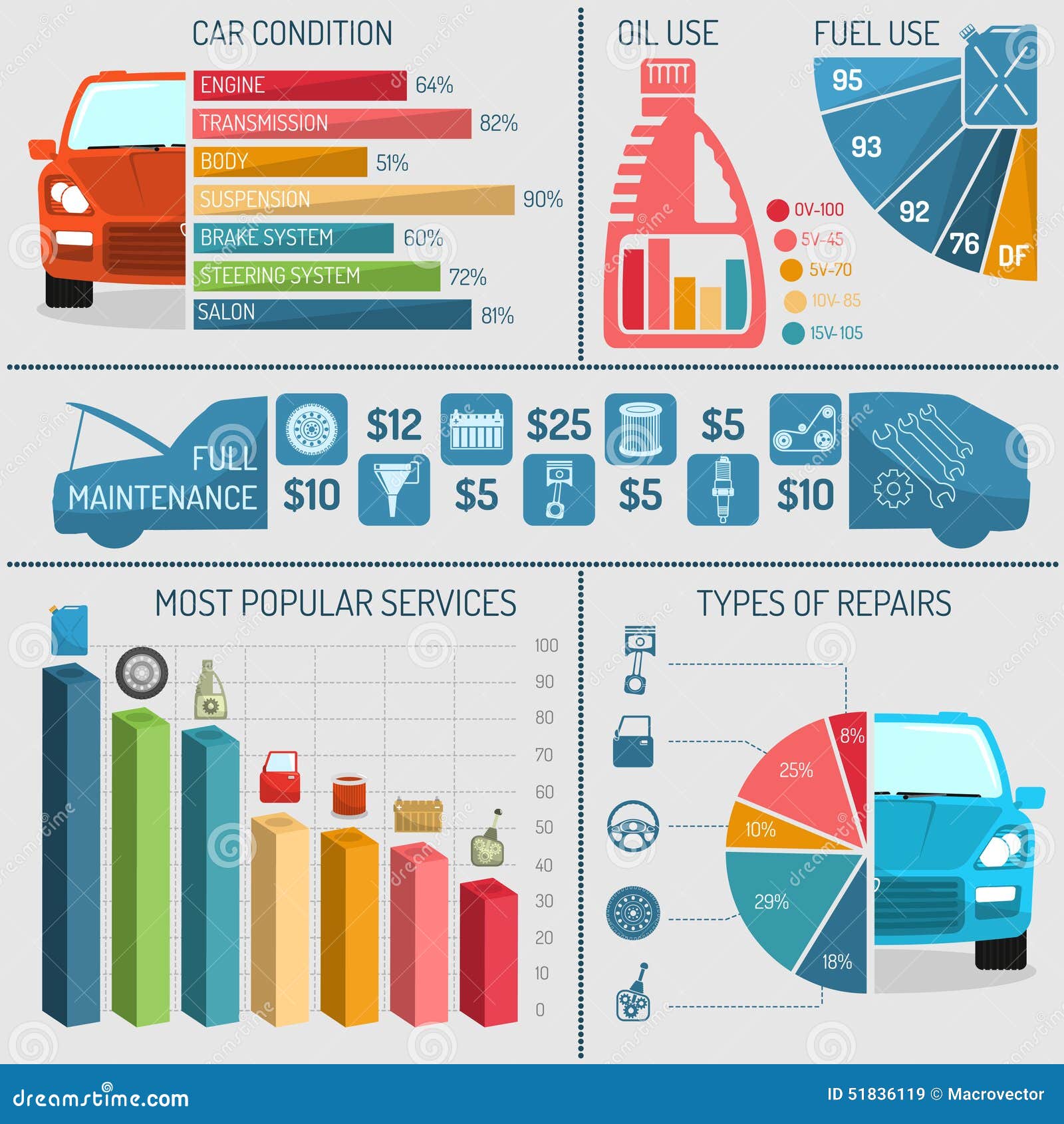Recognizing One Of The Most Typical Caution Indicators On Your Control Panel And Their Meanings
Recognizing One Of The Most Typical Caution Indicators On Your Control Panel And Their Meanings
Blog Article
Team Author-Petty Cooper
When you lag the wheel, those dashboard warning lights can be a genuine mystery. However did you understand that analyzing them can save you from possible vehicle troubles in the future? From the ominous check engine light to the subtle oil pressure caution and the ever-important battery light, every one serves as a critical signal from your car. It's time to shed light on these usual dashboard warnings and equip on your own with the expertise to browse the road ahead.
Understanding the Inspect Engine Light
When your dashboard brightens with the check engine light, it is very important not to panic but to take immediate activity. just click for source serves as a caution that your automobile's onboard diagnostic system has discovered a prospective issue with the engine, discharges, or other essential elements. Disregarding this light can lead to more serious problems later on, so it's important to resolve it promptly.
To comprehend the resource of the problem triggering the check engine light, you can utilize an OBD-II scanner to get the certain trouble codes saved in your car's computer system. These codes give valuable info that can help pinpoint the underlying trouble.
While some problems triggering the check engine light may be minor, such as a loosened gas cap, others might show a lot more significant issues that need professional attention.
Translating the Oil Pressure Warning
Upon witnessing the oil pressure advising light on your control panel, immediate focus is essential. This warning shows that the oil stress in your engine might be too reduced, which can cause severe engine damages otherwise attended to quickly. Reduced oil stress can be triggered by a variety of issues such as a leakage, a malfunctioning oil pump, or reduced oil levels. Disregarding this advising light could cause pricey repair work or even engine failing.
If you see the oil pressure warning light begun, the initial step is to safely pull over sideways of the road and turn off your engine. Inspect the oil degree using the dipstick and guarantee it's at the advised level.
If the oil degree is reduced, top it up with the appropriate oil for your car. If the oil level suffices, do not continue driving and look for help from a technician to detect and fix the concern without delay. Remember, maintaining proper oil stress is vital for the health and longevity of your engine.
Interpreting the Battery Light
To analyze the importance of the battery light on your dashboard, you must understand its crucial role in your automobile's electric system. When the battery light illuminates while you're driving, it suggests that the electric system isn't obtaining enough power from the battery.
This could be due to a failing battery, a damaged alternator, or issues with the billing system. Neglecting this advising light can result in your car delaying or being unable to start.
If the battery light begins, it's suggested to securely pull over and have your lorry evaluated by a technician immediately. They can execute diagnostics to identify the underlying problem and prevent a prospective breakdown.
Conclusion
Now that you recognize just how to recognize the most usual caution lights on your dashboard and what they mean, you can deal with any type of prospective concerns promptly. Remember, the check engine light, oil stress caution, and battery light are very important signs of your automobile's wellness. Remain notified, remain safe, and maintain your vehicle running smoothly by taking notice of these indication.
